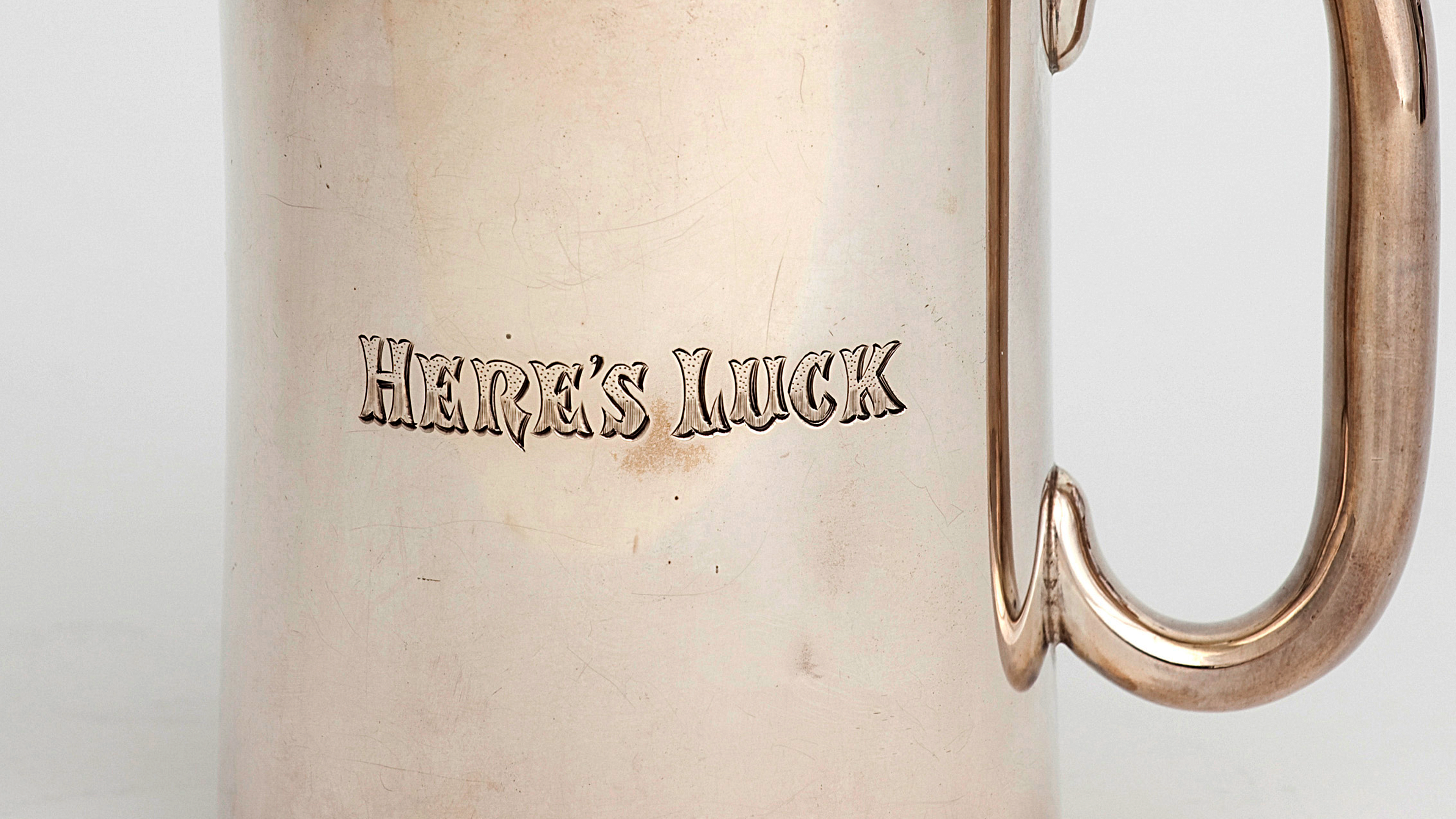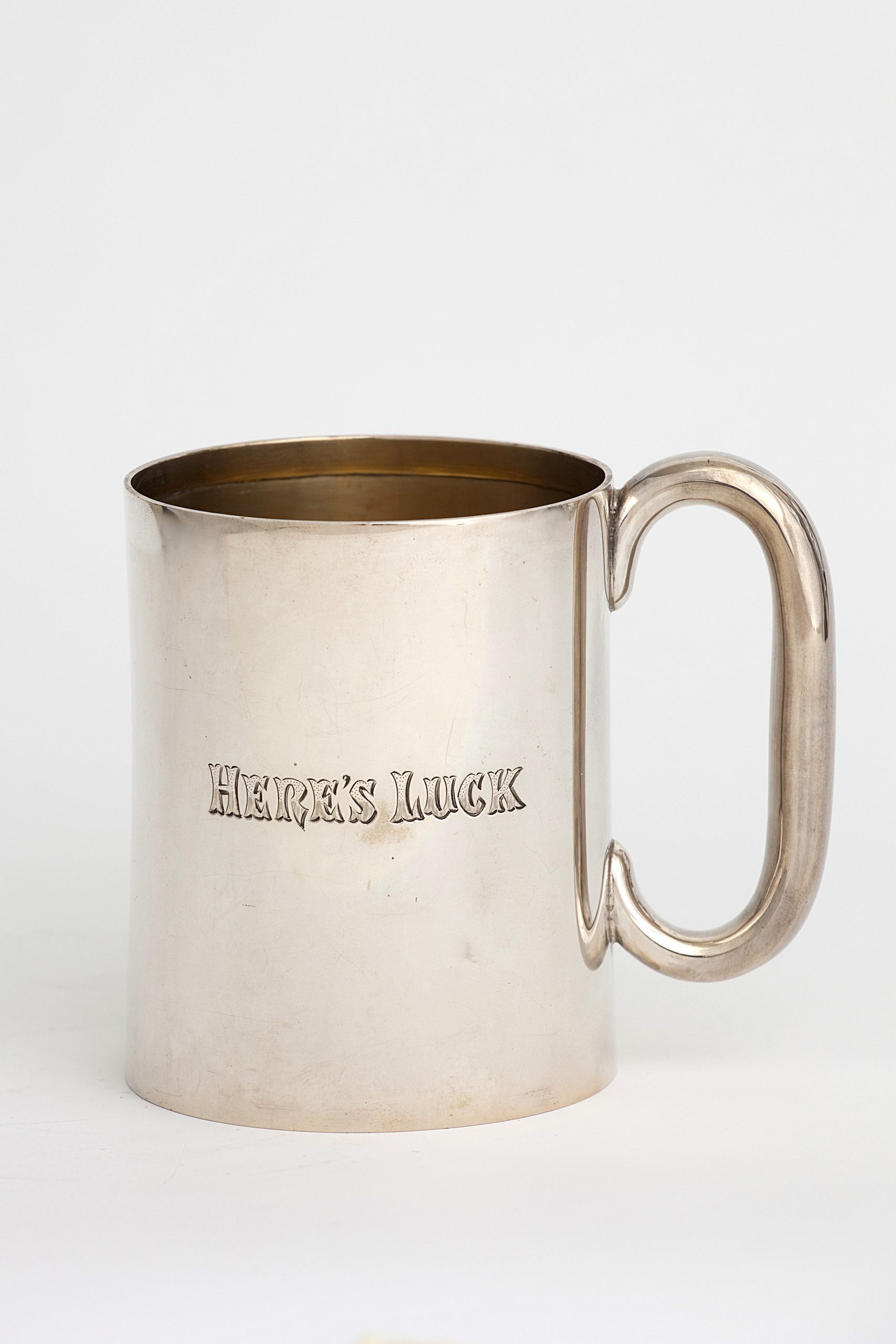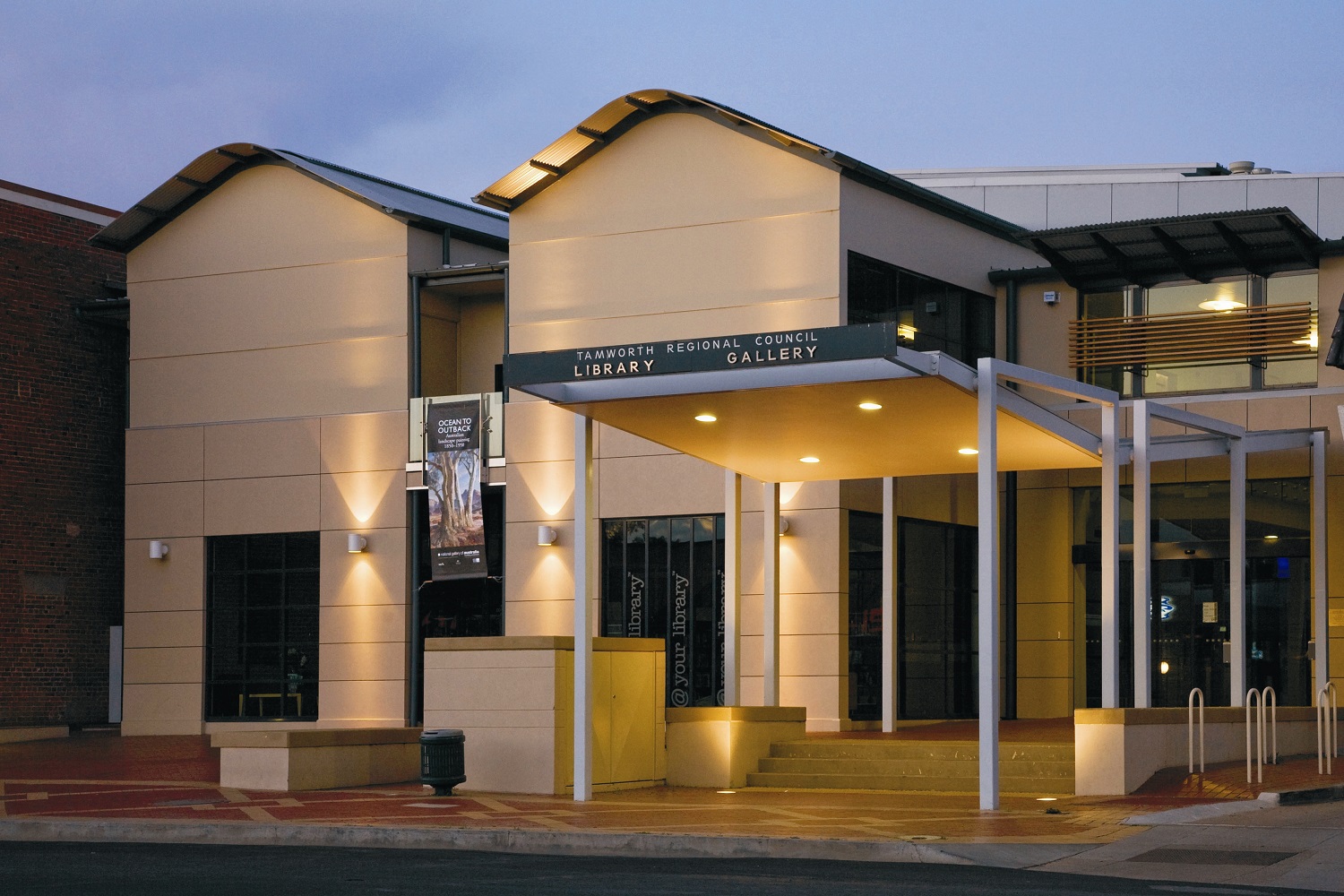A Lucky Few
Prolific Silversmith, Joachim Wendt
Before the 1850s, Australian silverware was incredibly scarce. The nature of settlement, including a low population and lack of materials, meant silversmithing was an extravagance.
That is, until the discovery of silver, especially in Broken Hill, made it possible for a few talented craftsmen to become prolific manufacturers. Joachim Wendt (1830-1917) was one of the craftsmen who rose to the top.
Born in Dageling, Denmark, Wendt emigrated to Adelaide, South Australia, in 1854. He immediately got to work in his own shop, using the silversmithing skills he had learned as an apprentice watchmaker in Denmark.
When the Duke of Edinburgh visited Adelaide in 1867, Wendt was commissioned to create a presentation piece on behalf of the colony. With the help of twelve on-staff silversmiths, three decorative silver caskets were created. The Duke was so pleased that he appointed Wendt his official jeweller in the Colony of South Australia.
This honour only boosted Wendt’s profile. In 1872, he married a widow with four children, Joehanna Koeppen (1832-1919), and in the process found a business partner in her eldest son, Hermann (1860-1938). By the end of the century he had become a successful investor and opened additional store locations at Mt Gambier and Broken Hill.
Wendt’s simpler silverware best captures the true level of his success. This mug is unadorned aside from an inscription which reads ‘Here’s Luck.’ This approachable toast speaks to the improving economic conditions of settlers as industries expanded.
Though presentation pieces helped begin his career, producing general sale pieces brought him to new audiences and helped change the culture of Australian silverware. What was once an extravagance reserved for the wealthy was now within the grasp of the everyman. Of course, provided they were taking advantage of the land itself.





